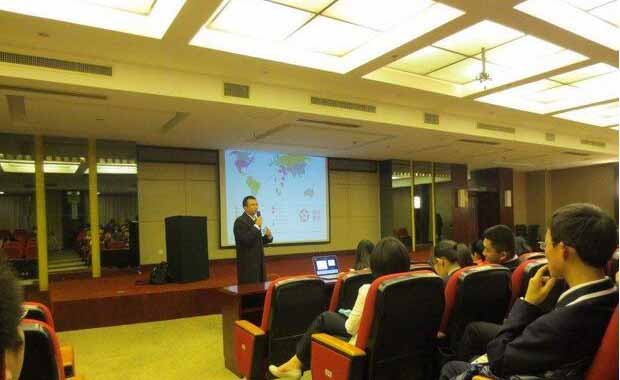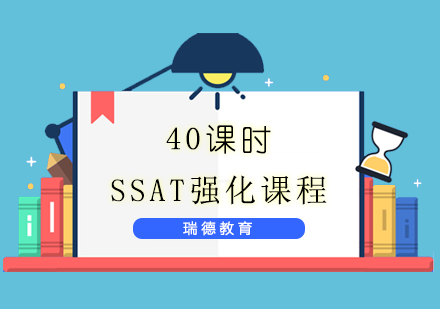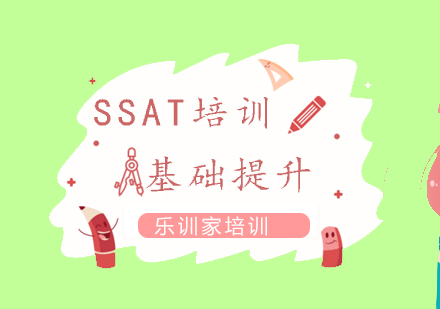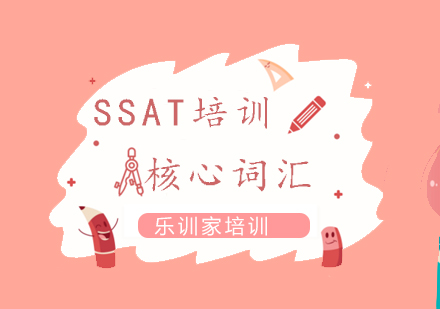
下面以只有一句话长度的passage为例,借以阐述排除法在SSAT阅读理解中的运用。希望对大家的ssat阅读题有帮助。
题目:Read Carefully Drill
The last supernova in our galaxy visible from Earth was observed only five years before the telescope was first used for celestial observation in1609.
问题:Which of the following can be inferred from the passage above?
A.Telescopes were first used for celestial observation.
B.Since astronomers began using telescopes,they have observed no supernovas in our galaxy.
C.The last supernova in our galaxy occurred in 1604.
D.Supernovas can be seen from Earth by the unaided eye.
E.The telescope was invented five years before the last visible supernova occurred.
解析:如果选择A,你就误解了短文,并且根本没有考虑所有答案。原文说:望远镜*次用于天文观测是在1609年(telescope was first used for celestial observation in 1609),而并没有说:望远镜的*次使用是用于天文观测。
选择B,你同样没有仔细阅读原文,并且没有考虑全部答案。原文中说,在地球上肉眼可见的最后一颗supernova,并没有排除天文学家通过太空望远镜观察到supernova的可能。即使没有考虑到这种可能性,在没有绝对把握的情况下,运用SSAT阅读技巧排除法也应该看一下其它答案,因为答案D没有任何暗示,毫无疑问是正确的。
选择C就更离谱了,C说银河系中最后一颗超新星出现在1604年(The last supernova in our galaxy occurred in 1604),而原文中却说:从地球上、肉眼可见的最后一颗超新星是在1604年发现的,请格外注意限定词“from Earth”和“visible”,至于银河系中还有没有其它未被观察到的超新星根本没有说。
选择D,说明你正确的运用了SSAT阅读技巧-排除法。如果最后一颗超新星被发现在望远镜发明之前(the last supernova was observed five years before telescopes),那么超新星当然能被裸眼看见(upernovas can be seen from Earth by the unaided eye.)。
答案E就离题万里了,原文只提到了望远镜被用于天文观测的时间,根本没有提望远镜是什么时候被发明的。











